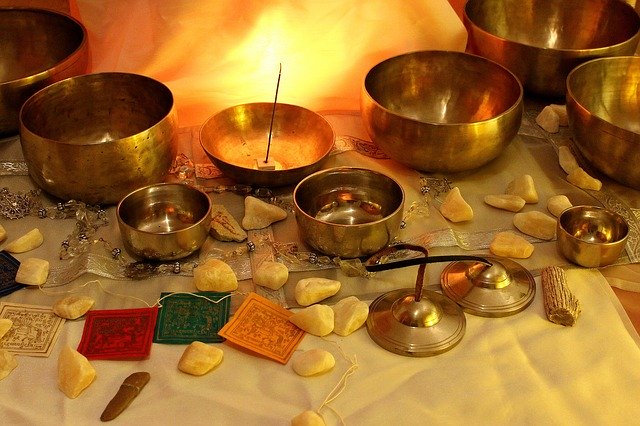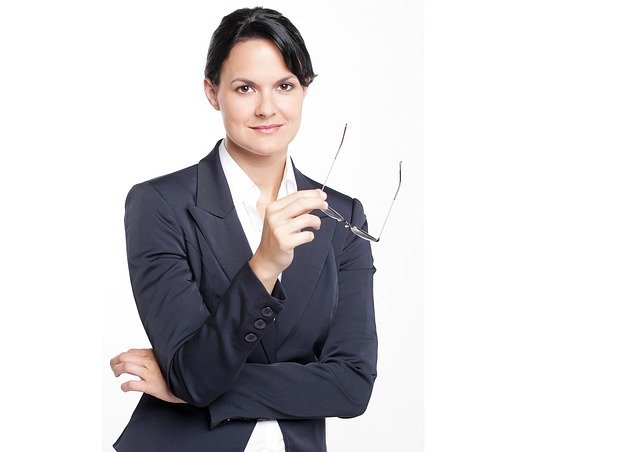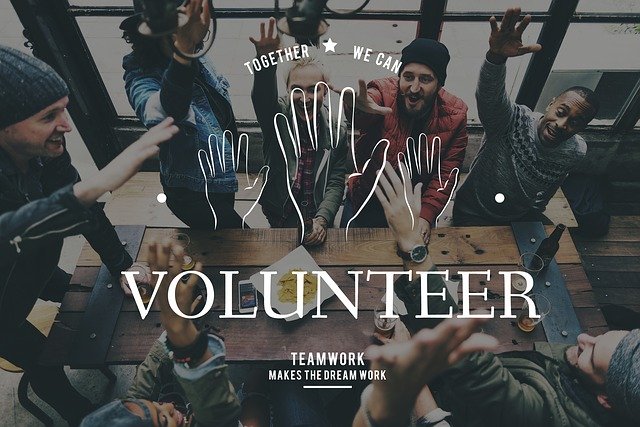On the 5th March this year, Jill Satterfield conducted a meditation podcast as part of the series of weekly podcasts offered by The Mindful Awareness Research Center (MARC), UCLA. Her presentation was titled, Facilitating Ease: Breath as a Restorative Practice in These Times. Jill’s presentation reflected her lifetime pursuit of mindfulness and somatic awareness. She has meditated for most of her life (having been taught to meditate by her mother at the age of four). She has participated in 150 silent retreats and is very well place to conduct personal coaching and training in “embodied mind” – how to be present and aware in our own bodies.
Jill has struggled with chronic pain for most of her life, undergoing multiple surgeries (including heart surgery). Her somatic meditation has helped her overcome her physical pain but, as she herself maintains, the longest journey for her is overcoming emotional and mental pain. Jill offers a form of “somatic practice” which integrates Indian yoga tradition with Buddhist meditation teaching. She sees her meditation teaching as offering “ways to know the body intimately as a reflection of the mind” and “to know and work with what is discovered both somatically and cognitively”.
Becoming grounded in your body in these uncertain times
In her podcast, Jill offers a somatic meditation that enables you to become grounded in your body in times of uncertainty – at a time when we are all physically, mentally, emotionally and medically challenged with the advent of the Coronavirus. Jill views mindfulness as “kindfulness”, a term developed by Ajahn Brahm. In her view, meditation needs to be internally kind and supportive of yourself, others and the community at large. She provides a guided meditation, a gentle “somatic practice”, that employs the following steps:
- Begin by settling into your seat, comfortably – not strained or rigid. This first instruction reinforces Jill’s emphasis on bodily sensations.
- Close your eyes or look down – either way she suggests that you loosen your vision so that you soften both the back of your eyes and the corners.
- Now progressively notice the weight of your bones in various parts of your body – the lightness of your toes in your shoes, the thickness of your bones in your legs and the heaviness of your hip bones. Notice the support your bones provide as you sit in the chair.
- Next sense your clothing on your skin – Jill suggests that you feel the difference in temperature between your skin covered by clothing and your uncovered skin exposed to the air.
- Be with the gentleness of your breath at the entrance to your nostrils. Experience the softness and delicateness of the air flow through your nose.
- Extend your inhalation by taking a deeper breath if is comfortable for you and notice the gentleness in the longer inhale.
- Now extend the exhale gently – noticing the coolness of your breath and experience warmth throughout your body – in your chest, stomach and throat. A useful way to feel the sensation of warmth embracing your body is to join your fingers together and feel the tingling that occurs there.
- Notice the pause at the top of your exhale motion – to focus on this pause wait a second or two before exhalation to experience the stillness.
- Notice the pause before the inhale – extend this for a second or two to experience the quietness and ease of the inward breath.
- As you complete these four-part “breath rounds” (pause-exhale-pause-inhale) over a couple of minutes, draw on the support and imagery of nature – the gentle breeze through the leaves of the trees; the slow, breaking waves; or the silence and calmness of the mountains.
- Feel the power of loving kindness and forgiveness flowing from your tranquillity and restfulness.
When distractions arise in this meditation, return to sensing the weight of your body on the chair – restore your groundedness. As you slowly come to awareness at the end of the meditation, feel yourself coming to your senses more fully – take in the sights, sounds, smells, touch and taste that surround you as you feel more enlivened and relaxed.
Reflection
There is a certainty in our experience of our bodies in-the-moment and a tranquillity that arises from “resting in sensation”. It is through our bodies that we can become truly grounded in the present. As we grow in mindfulness, through somatic meditation and other somatic practices such as yoga, we can calm our “inner landscape”, still our mind and become increasingly open to our senses, our courage and creativity. We can employ Jill’s somatic practice anywhere at any time to restore our sense of groundedness and experience ease and tranquillity. Jon Kabat-Zinn reminds us that through mindfulness we can move from doing to being present to the power of now.
________________________________________
Image by Lara-yin from Pixabay
By Ron Passfield – Copyright (Creative Commons license, Attribution–Non Commercial–No Derivatives)
Disclosure: If you purchase a product through this site, I may earn a commission which will help to pay for the site, the associated Meetup group and the resources to support the blog.










